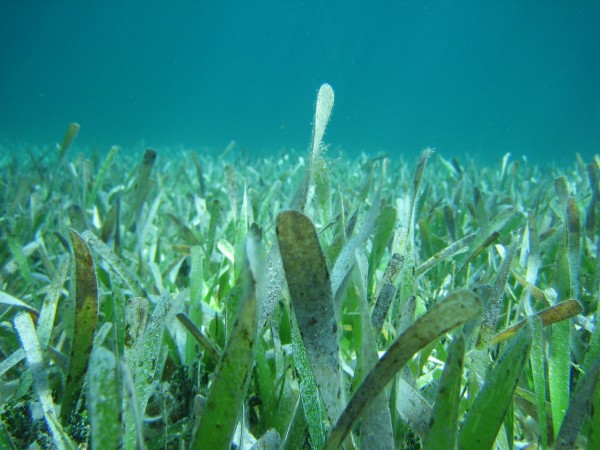Posted by The Fishing Wire on 10.Feb.2014
Tampa Bay gained 1,745 acres of seagrass between 2010 and 2012 – marking the fourth consecutive survey showing increases in this valuable underwater habitat since 2006.
The latest results indicate that the bay is now just 3,358 acres shy of the Tampa Bay Estuary Program’s goal of 38,000 acres of seagrass baywide. The good news about seagrasses reinforces recent water quality assessments that show all major bay segments met water clarity goals in 2012.
Tampa Bay now supports 34,642 acres of seagrasses – more than at any time measured since the 1950s. Water clarity also continues to be sufficient to foster continued seagrass recovery. Gains were documented in all bay segments except Boca Ciega Bay, which had a very slight loss of -0.1%, and the Manatee River, with a 12.9 % loss that is not a great concern to bay managers because the amount of seagrasses there already far exceeded historic levels.
Middle Tampa Bay showed the largest acreage increase from 2010 to 2012, with 817 acres, a 10% boost. But, surprisingly, the largest percent increase, 73.2 percent or 612 acres, was in Hillsborough Bay — which surrounds densely developed Tampa and its large industrial port….
Seagrasses – which generally grow in waters less than 6 feet deep – are an important barometer of the bay’s health because they require relatively clean water to flourish. They are the nurseries of the bay, sheltering and supporting a variety of juvenile fish and other marine creatures.
The Estuary Program’s seagrass recovery strategy relies on controlling nitrogen loadings to the bay to maintain sufficient water clarity for seagrasses to grow. The Tampa Bay Nitrogen Management Consortium – an alliance of local governments and key industries bordering the bay – has collectively invested more than $500 million in projects to reduce nitrogen pollution since the 1990s. And several communities have adopted strict limits on the amount and type of fertilizer that can be applied to lawns to prevent summer rains from washing fertilizer residues into the bay.
“Continued progress towards Tampa Bay’s seagrass recovery goal is one of our strongest indications that nutrient management actions being implemented by homeowners, agencies, businesses and industries are working to restore the bay” said TBEP Executive Director Holly Greening.










